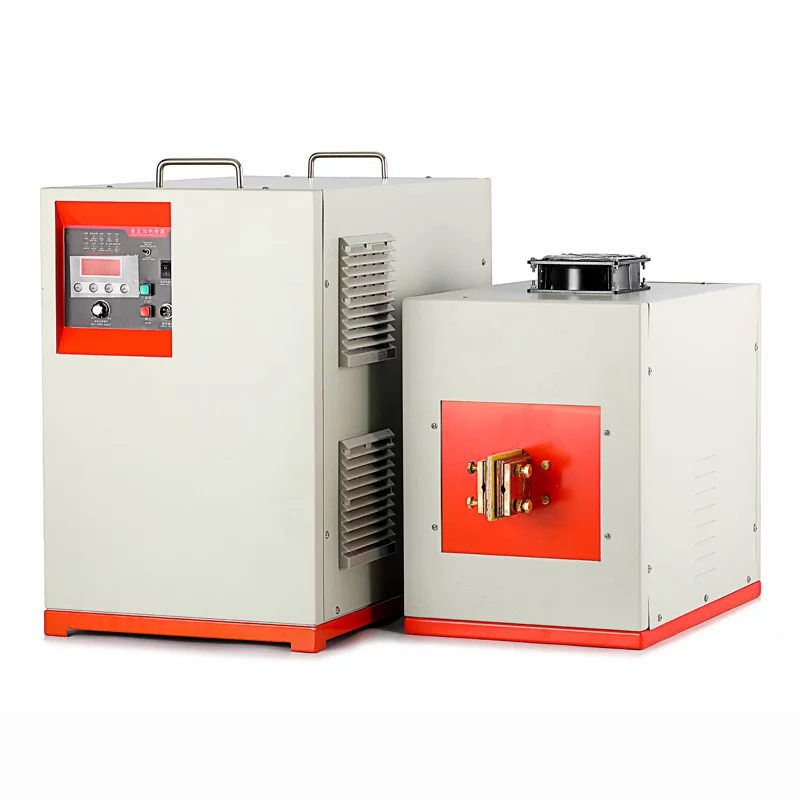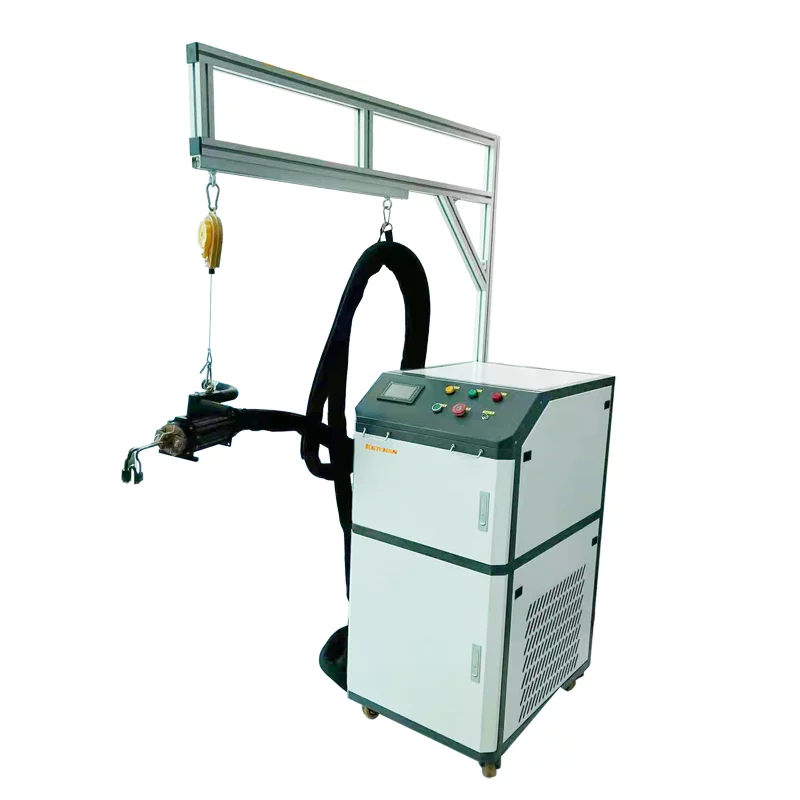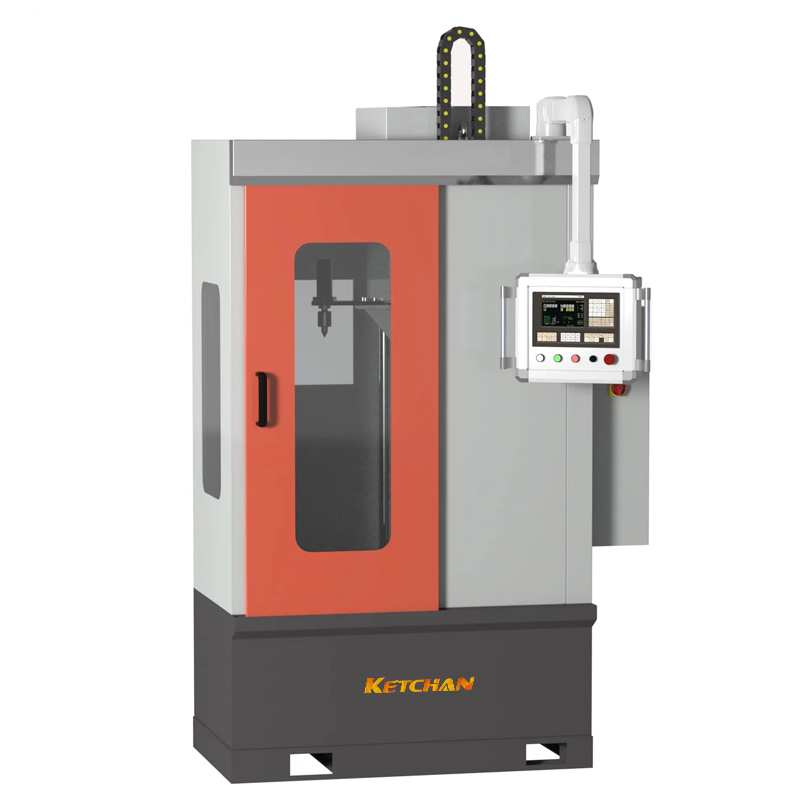1. Complete annealing
Process: Heat the steel to Ac3 above 20~30℃, after holding for a period of time, cool it slowly (along with the furnace) to obtain a heat treatment process (complete austenitizing) with a nearly balanced structure. In actual production, in order to improve productivity, annealing cooling to about 500℃ will be taken out of the oven for air cooling.
Objective: To refine grain, uniform structure, eliminate internal stress, reduce hardness, and improve the machinability of steel. The microstructure of subeutectoid steel after complete annealing is F+P.
Application: Complete annealing is mainly used for subeutectoid steel (WC =0.3~0.6%), generally medium carbon steel and low – and medium-carbon alloy steel castings, forgings, and hot-rolled profiles, and sometimes used for their welds.
2.Incomplete annealing
Process: Heat the steel to Ac1~Ac3(subeutectoid steel) or Ac1~Accm(hypereutectoid steel) after heat preservation and slow cooling to obtain a heat treatment process that is close to the equilibrium structure.
Application: it is mainly used to obtain spherical pearlite structure of hypereutectoid steel to eliminate internal stress, reduce hardness, and improve machinability.
3. Isothermal annealing
Process: Heat the steel to a temperature higher than Ac3(or Ac1). After holding the steel for an appropriate period of time, it is quickly cooled to a certain temperature in the pearlite region, and isothermal maintenance is made to convert austenite into pearlite, and then air-cooled to room temperature.
Objective: Similar to full annealing, the transformation is easy to control.
Application: Suitable for more stable steel: high carbon steel (WC>0.6%), alloy tool steel, high alloy steel (total alloying elements & GT;10%). Isothermal annealing is also beneficial to obtain uniform structure and properties. However, it is not suitable for large section steel parts and large quantities of charge, because isothermal annealing is not easy to make the inside of the workpiece or the batch workpiece reach isothermal temperature.
4. Spheroidizing annealing
Process: A heat treatment process for spherification of carbides in steel to obtain granular pearlite. When heating to a temperature above Ac1 of 20~30℃, the holding time should not be too long, generally, 2~4h is appropriate. The cooling method is usually furnace cooling or about 20℃ below Ar1 for a long time isothermal.
Objective: To reduce hardness, uniform structure, and improve machinability in preparation for quenching.
Application: Mainly used in eutectoid steel and hypereutectoid steel, such as carbon tool steel, alloy tool steel, bearing steel, etc. Spheroidal pearlite is obtained by spheroidal annealing. In spheroidal pearlite, the cementite is spherical with fine particles dispersed on the ferrite matrix. Compared with lamellae, spherical pearlite has a lower hardness and is easy to be machined, and austenite grains are not easy to be coarse and less prone to deformation and cracking during quenching and heating.
5. Diffusion annealing (uniform annealing)
Process: A heat treatment process in which the ingot, casting, or forging is heated to a temperature slightly below that of the solid phase line for a long period of time and then cooled slowly to eliminate chemical inhomogeneity.
Objective: To eliminate the dendrite segregation and regional segregation during solidification and homogenize the composition and structure.
Application: Used in some high-quality alloy steel and serious segregation alloy steel castings and ingot. The heating temperature of diffusion annealing is very high, usually 100~200℃ above Ac3 or Accm. The specific temperature depends on the segregation degree and steel type. The holding time is generally 10~15 hours. After diffusion annealing, complete annealing and normalizing treatment are required to refine the structure.
6. Stress relief annealing
Process: Heat the steel to a certain temperature below Ac1 (generally 500~650℃), hold the heat, and then cool with the furnace.
The stress annealing temperature is lower than A1, so the stress annealing does not cause tissue change.
Objective: To eliminate residual internal stress.
Application: Mainly used to eliminate the residual stress of castings, forgings, welding parts, hot-rolled parts, cold drawn parts, etc. If these stresses are not eliminated, they may cause deformation or cracks in the steel after a certain period of time or during subsequent machining.





